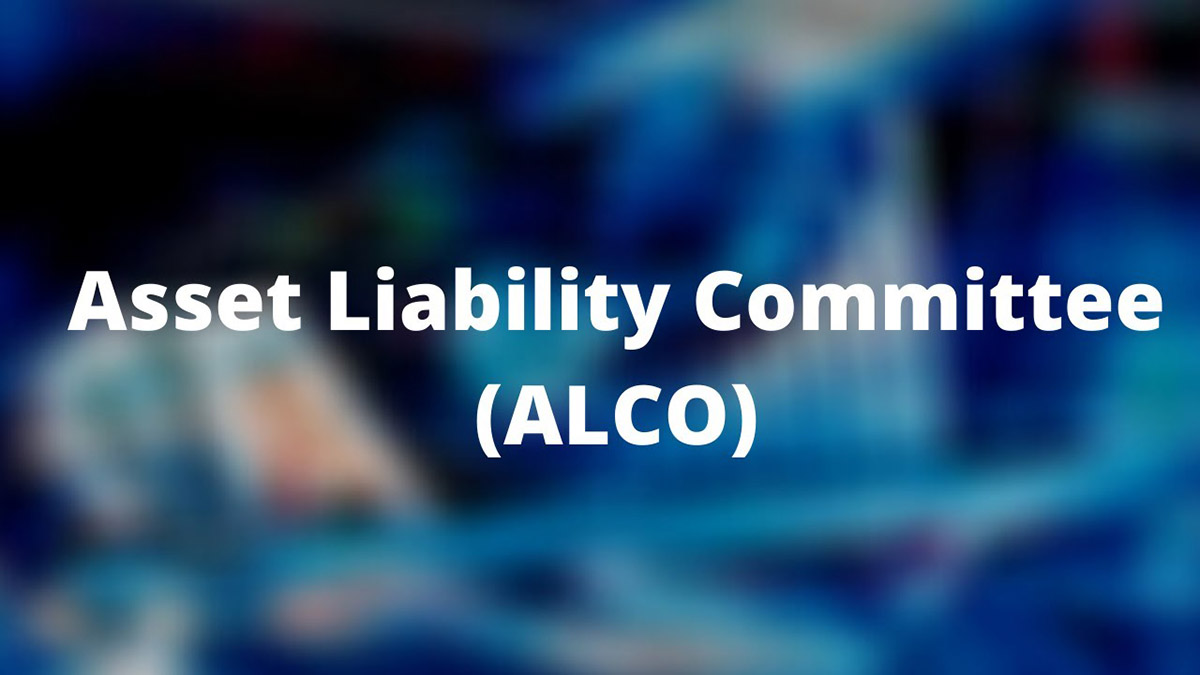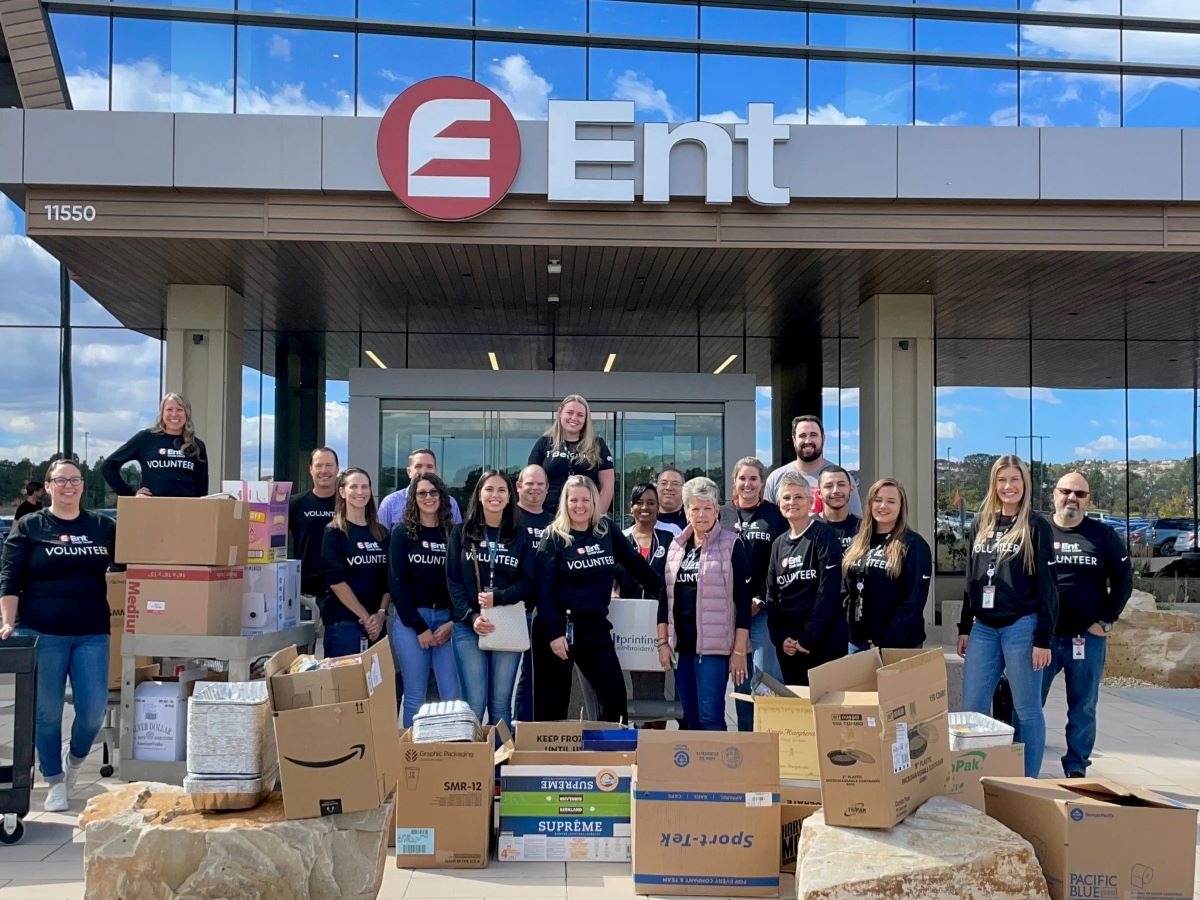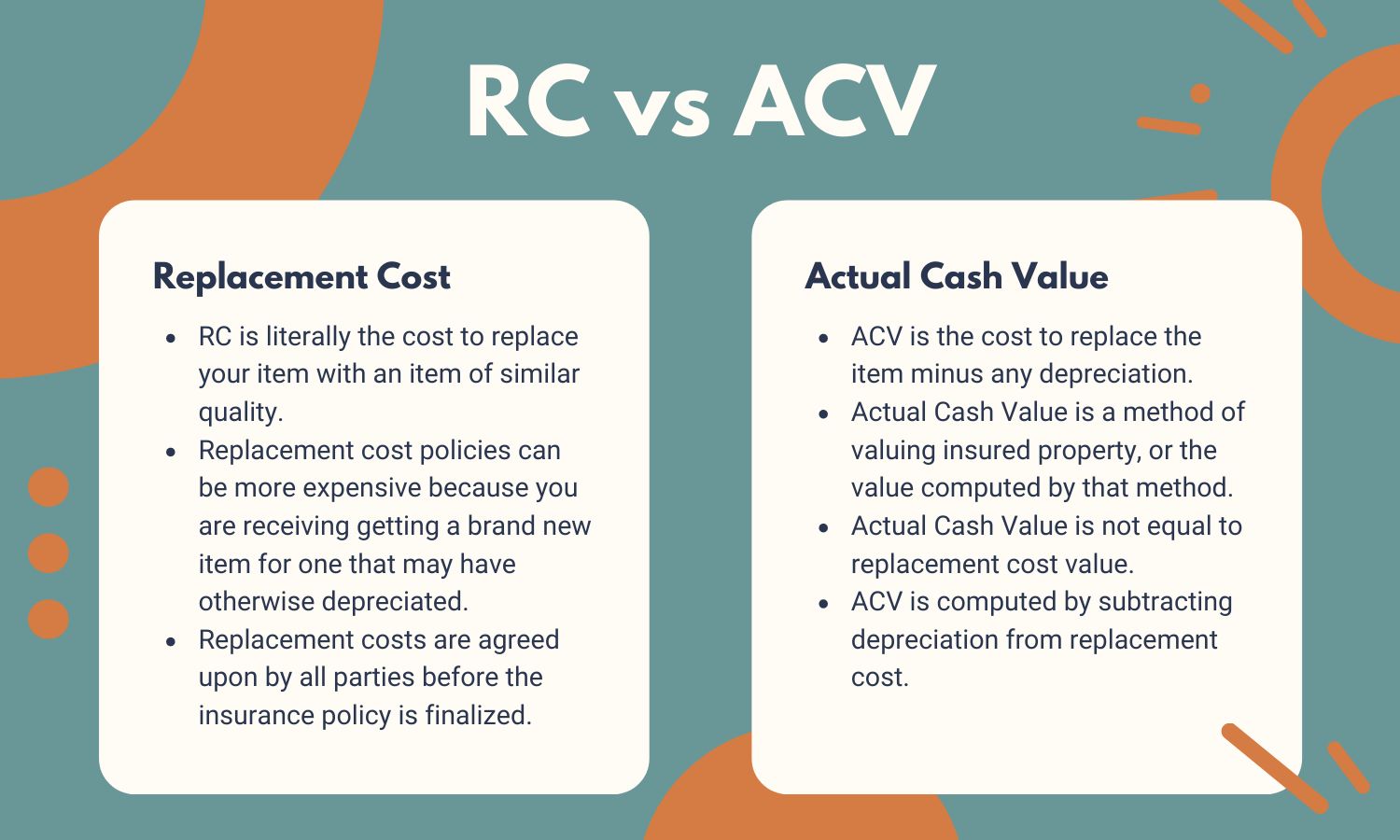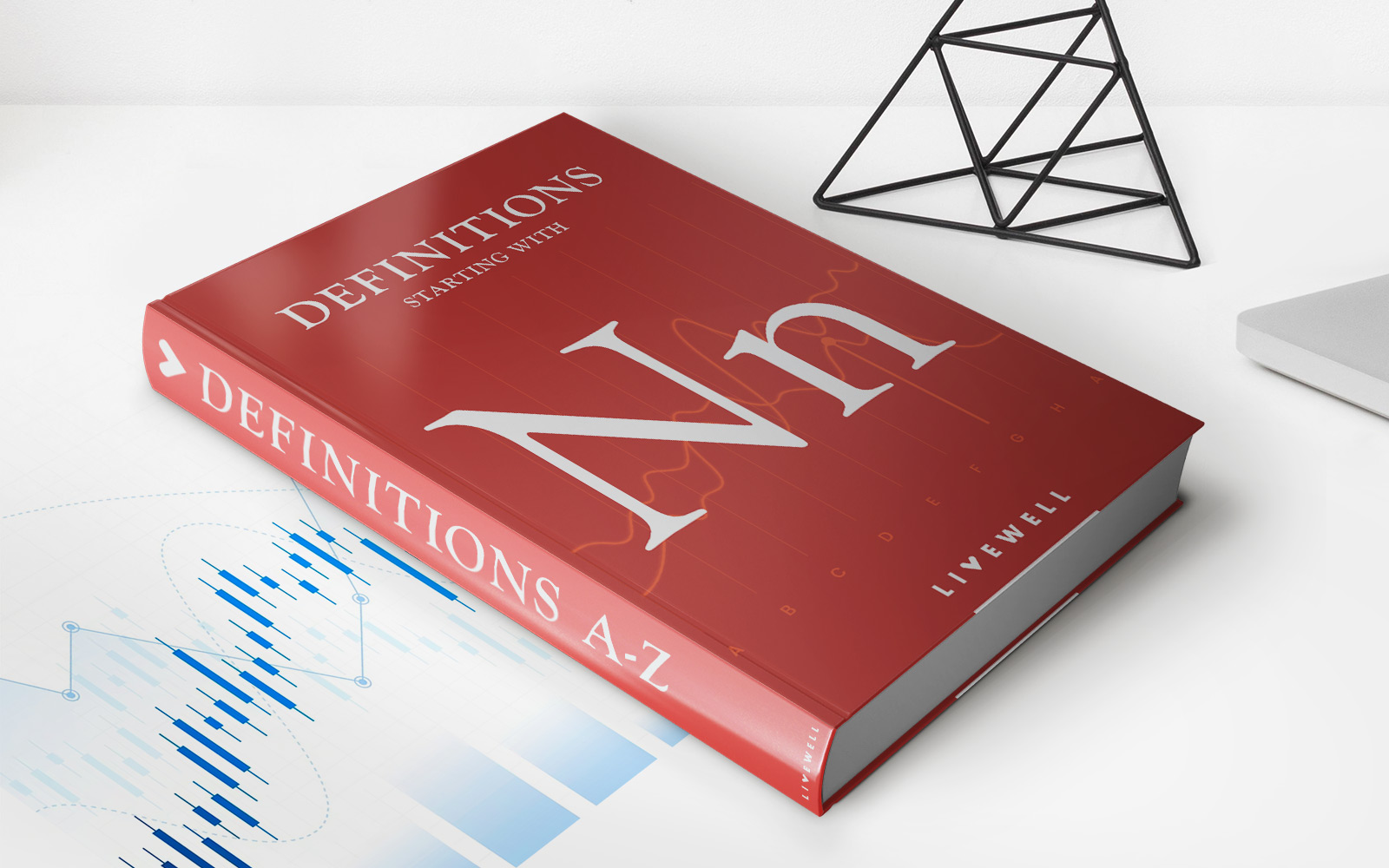

Finance
What Does OAP Stand For In Insurance?
Published: November 19, 2023
Discover what OAP stands for in insurance and how it relates to your finances. Gain insight into the financial implications of OAP in the insurance industry.
(Many of the links in this article redirect to a specific reviewed product. Your purchase of these products through affiliate links helps to generate commission for LiveWell, at no extra cost. Learn more)
Table of Contents
Introduction
Welcome to the world of insurance, where a myriad of terms and acronyms can leave you bewildered. One such acronym that you may come across is OAP. But what does OAP stand for in insurance? In this article, we will decode the meaning of OAP and explore its relevance in the insurance industry.
Insurance is a critical aspect of our lives, providing peace of mind and financial protection against unexpected events. However, it can also be overwhelming, especially for those unfamiliar with the industry’s jargon. OAP is one such term that often leaves policyholders scratching their heads.
OAP is an acronym for “Owner’s and Pilot’s” insurance. This type of coverage is typically associated with aviation insurance, specifically for individuals who own and operate aircraft. It provides protection against liabilities associated with owning and piloting an aircraft, including bodily injury, property damage, and legal expenses.
Aviation insurance is essential for aircraft owners and pilots to mitigate the risks involved in flying. Whether you own a small recreational plane or a larger commercial aircraft, OAP coverage ensures that you are protected in case of any accidents or damages.
Now that we understand what OAP stands for let’s delve deeper into the world of insurance and acquaint ourselves with some common terminology.
What is OAP?
OAP, as mentioned earlier, stands for “Owner’s and Pilot’s” insurance. It is a specialized form of coverage designed specifically for aircraft owners and pilots. This type of insurance provides financial protection against liabilities associated with aircraft ownership and operation.
When it comes to aviation insurance, OAP coverage is crucial. It safeguards aircraft owners and pilots against potential risks and accidents that may occur during flights. These risks can include bodily injury to passengers, damage to property, third-party liabilities, and legal expenses.
With OAP insurance, aircraft owners can ensure that they are financially protected against unexpected events, giving them peace of mind while enjoying their flights. Whether you are a private aircraft owner or a commercial airline operator, having OAP coverage is essential.
Many factors determine the coverage provided by OAP insurance. These factors can include the type of aircraft, its usage (recreational or commercial), the pilot’s experience, and the geographical location in which the aircraft operates. The coverage can be tailored to meet specific needs and requirements, ensuring that aircraft owners and pilots have the necessary protection.
It is important to note that OAP insurance does not only cover accidents that occur while flying. It also extends coverage to ground operations, such as hangaring, maintenance, and taxiing. This comprehensive coverage ensures that aircraft owners and pilots are protected throughout their aviation journey, both in the air and on the ground.
Now that we have a better understanding of what OAP insurance entails, let’s take a closer look at how it works in the context of aviation insurance.
Understanding Insurance Terminology
The world of insurance can be filled with complex terminology that may seem like a foreign language to the uninitiated. However, understanding these terms is essential to make informed decisions when it comes to selecting the right insurance coverage for your needs. Let’s explore some common insurance terminology that will help you navigate the intricacies of the insurance industry.
1. Premium: This refers to the amount of money a policyholder pays to the insurance company in exchange for coverage. It is usually paid on a monthly, quarterly, or annual basis.
2. Deductible: The deductible is the amount of money the policyholder is responsible for paying out of pocket before the insurance coverage kicks in. For example, if you have a $500 deductible and file a claim for $2,000, you would need to pay $500, and the insurance company would cover the remaining $1,500.
3. Coverage: Coverage refers to the specific protection provided by an insurance policy. It outlines the risks and events that the insurance company will compensate for in case of a claim.
4. Liability: Liability refers to the legal responsibility an individual or organization has for damages caused to another party. In insurance, liability coverage protects the policyholder in case they are found legally responsible for causing bodily injury or property damage to others.
5. Claims: A claim is a formal request submitted by the policyholder to the insurance company to seek compensation for a covered loss or damage. The insurance company evaluates the claim and provides the appropriate payout if it is approved.
6. Policyholder: The policyholder is the person or entity that owns the insurance policy and is eligible to receive the benefits and coverage outlined in the policy.
7. Underwriting: Underwriting is the process by which the insurance company assesses the risks associated with insuring a particular individual or property. It involves evaluating factors such as age, health, driving record, and other relevant information to determine the premium and coverage terms.
Understanding these insurance terms will help you navigate the intricacies of insurance policies, including OAP coverage, and enable you to make informed decisions when it comes to your insurance needs. Now that we have a grasp on insurance terminology, let’s move on to understanding how OAP works in the context of aviation insurance.
How OAP Works in Insurance
Now that we know what OAP stands for and have a basic understanding of insurance terminology, let’s delve into how OAP works in the context of aviation insurance.
OAP insurance provides coverage for aircraft owners and pilots against liabilities that may arise from owning and operating an aircraft. This coverage extends to a wide range of risks, including bodily injury, property damage, and legal expenses.
The coverage offered under OAP insurance can be tailored to the specific needs and requirements of the aircraft owner or pilot. Factors such as the type of aircraft, its intended use, the pilot’s experience, and the geographical area of operation all play a role in determining the coverage and premium.
When an aircraft owner or pilot acquires OAP insurance, they pay a premium to the insurance company. In return, the insurance company assumes the financial risk associated with potential accidents or damages. If an incident occurs that falls within the coverage scope, the policyholder can file a claim with the insurance company.
Upon filing a claim, the insurance company will assess the situation and determine if it meets the criteria for coverage. If the claim is approved, the insurance company will provide compensation according to the terms outlined in the policy. The payout can cover medical expenses, property repairs, legal fees, and other related costs, depending on the circumstances of the incident.
It is important for aircraft owners and pilots to carefully review their OAP insurance policy to understand the specific coverage details and any limitations or exclusions. This ensures that they are fully aware of what is covered and can make informed decisions regarding their insurance needs.
Additionally, it is essential to maintain open communication with the insurance provider. It is crucial to inform them of any changes in circumstances, such as modifications to the aircraft, changes in the pilot’s qualifications or flying experience, or updates to the geographical area of operation.
By understanding how OAP works and maintaining open communication with the insurance provider, aircraft owners and pilots can ensure that they have appropriate coverage that meets their needs and protects them from potential liabilities in the aviation industry.
Benefits of OAP Coverage
OAP coverage offers several benefits to aircraft owners and pilots, providing them with peace of mind and financial protection. Let’s explore some of the key advantages of having OAP insurance:
1. Liability Protection: OAP insurance provides liability coverage, protecting aircraft owners and pilots in case they are found legally responsible for causing bodily injury or property damage to others. This coverage is crucial in the event of accidents or incidents that may result in costly lawsuits.
2. Comprehensive Coverage: OAP insurance offers comprehensive coverage that includes both in-flight and ground operations. Whether it’s hangaring, maintenance, or taxiing, OAP insurance ensures that aircraft owners and pilots are protected throughout their aviation journey.
3. Peace of Mind: Flying an aircraft comes with inherent risks. Having OAP coverage provides peace of mind, knowing that you are financially protected in case of accidents, damages, or legal issues that may arise during flights.
4. Protection against Property Damage: OAP insurance covers property damage caused by the insured aircraft. This includes damage to other aircraft, buildings, or any other property that may occur due to accidents or incidents.
5. Medical Expenses Coverage: In the unfortunate event of bodily injury to passengers or crew members, OAP insurance provides coverage for medical expenses. This ensures that those affected by an accident receive the necessary medical treatment without incurring significant financial burden.
6. Legal Expense Coverage: OAP insurance includes coverage for legal expenses that may arise in the event of a lawsuit or legal dispute related to the insured aircraft. This coverage helps mitigate the costs associated with legal representation and court proceedings.
7. Flexibility: OAP insurance can be tailored to meet specific needs and requirements. Policyholders can customize their coverage based on factors such as the type of aircraft, its usage, the pilot’s experience, and the geographical area of operation. This flexibility ensures that aircraft owners and pilots have the most suitable coverage for their unique circumstances.
Having OAP coverage is not only beneficial but also essential for aircraft owners and pilots. It provides the necessary financial protection and peace of mind to navigate the potential risks and challenges associated with aviation. By investing in OAP insurance, aircraft owners and pilots can focus on their passion for flying while knowing that they are protected against unforeseen events.
Limitations of OAP Coverage
While OAP (Owner’s and Pilot’s) coverage offers significant benefits, it is important to understand its limitations. Being aware of these limitations will help aircraft owners and pilots make informed decisions about their insurance needs. Let’s explore some of the common limitations of OAP coverage:
1. Exclusions: OAP insurance policies may have specific exclusions that limit coverage in certain situations. Common exclusions may include intentional acts, illegal activities, or use of the aircraft for non-approved purposes. It is crucial to review the policy carefully to understand these exclusions.
2. Policy Limits: Like any insurance policy, OAP coverage might have policy limits. These limits cap the maximum amount the insurance company will pay out in the event of a claim. It is important to evaluate these limits and ensure they align with the potential risks and liabilities associated with owning or operating the aircraft.
3. Geographical Restrictions: OAP coverage might have geographical limitations that restrict coverage to specific regions or countries. If the aircraft operates outside these designated areas, coverage may not apply. Understanding the geographical restrictions is crucial, especially for individuals who fly internationally or in remote locations.
4. Premium Costs: OAP insurance can be costly, especially for high-value aircraft or pilots with limited experience. The premium amount will depend on various factors such as the aircraft type, usage, and the pilot’s flying record. Aircraft owners and pilots need to evaluate the cost-benefit ratio to determine if the coverage is financially viable.
5. Policy Renewal: OAP coverage is typically valid for a specific duration, after which it requires renewal. During the renewal process, the insurance company may reassess the policyholder’s risk factors and adjust the premium or terms accordingly. It is essential to stay proactive in renewing the policy to avoid gaps in coverage.
6. Claims Process: The claims process can sometimes be complex and time-consuming. Policyholders need to adhere to the proper procedures and provide all the necessary documentation to ensure a smooth and successful claim. Understanding the claims process in advance can help streamline the experience in the event of an unfortunate incident.
7. Aviation Regulations: OAP coverage operates within the framework of aviation regulations and guidelines. Compliance with these regulations is crucial to ensure coverage validation. Failure to comply with the required regulations and safety standards may result in coverage denial or limitations.
It is essential for aircraft owners and pilots to thoroughly review their OAP policy to understand the limitations and ensure it aligns with their unique needs and circumstances. Consulting with an aviation insurance specialist can provide valuable insights and help navigate any restrictions or limitations associated with OAP coverage. By being aware of the limitations and taking proactive steps, aircraft owners and pilots can make the most out of their insurance coverage and protect against potential risks and liabilities.
Conclusion
Insurance plays a vital role in protecting aircraft owners and pilots from the financial risks and liabilities associated with owning and operating an aircraft. OAP (Owner’s and Pilot’s) coverage, specifically designed for aviation, offers valuable benefits and peace of mind in the face of potential accidents, damages, and legal issues.
In this article, we decoded the meaning of OAP in insurance and explored its relevance in the aviation industry. We also gained a better understanding of common insurance terminology that helps navigate the complex world of insurance.
OAP coverage provides crucial liability protection, comprehensive coverage for both in-flight and ground operations, and peace of mind for aircraft owners and pilots. It safeguards against property damage, covers medical expenses, and provides legal expense coverage in the event of lawsuits.
However, it is important to be aware of the limitations of OAP coverage. Exclusions, policy limits, geographical restrictions, premium costs, and compliance with aviation regulations are factors that should be carefully considered while assessing the suitability of OAP insurance for individual circumstances.
To make informed decisions about OAP coverage, aircraft owners and pilots should thoroughly review their policies, understand the coverage details, and maintain open communication with their insurance providers. Consulting with aviation insurance specialists can also provide valuable insights and guidance.
Ultimately, OAP coverage offers essential protections and financial security, enabling aircraft owners and pilots to focus on their passion for flying, knowing they are adequately covered in case of unforeseen events. By understanding the benefits and limitations of OAP coverage, individuals in the aviation industry can navigate the sky with confidence and peace of mind.














